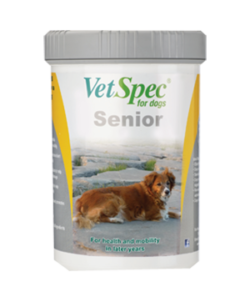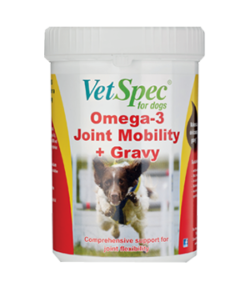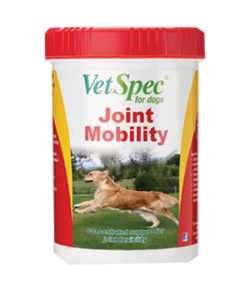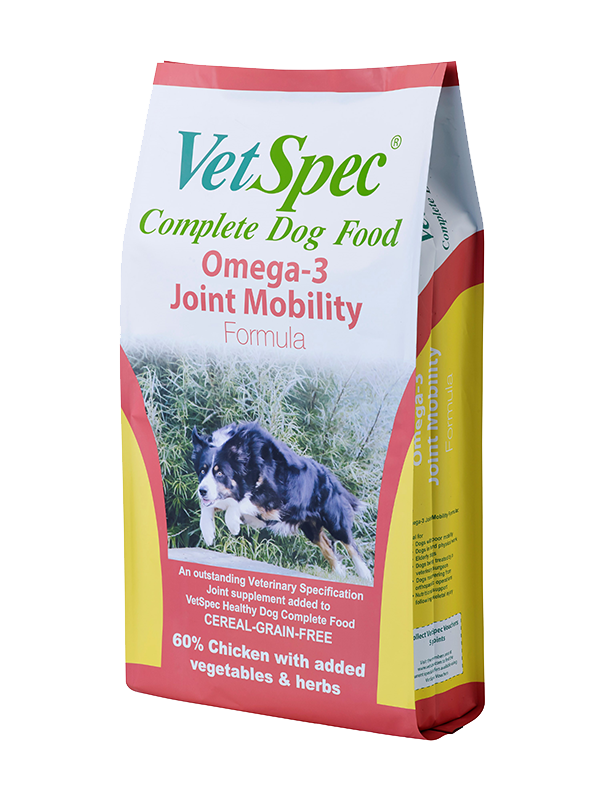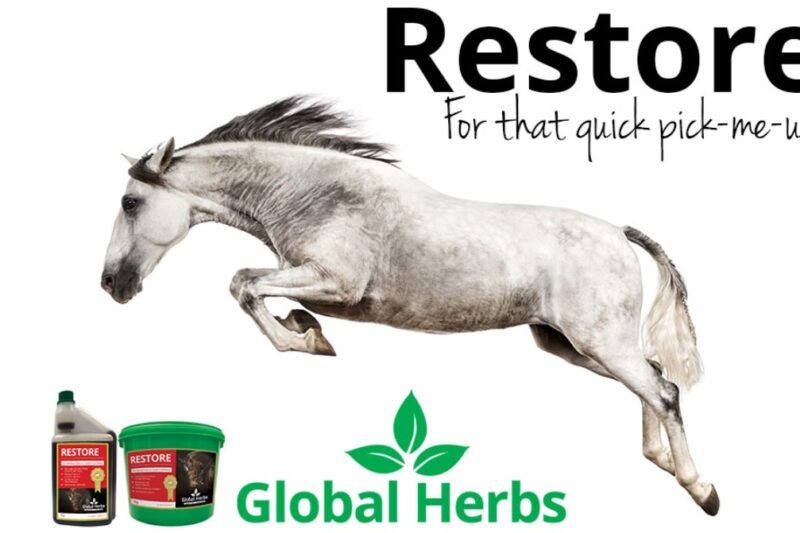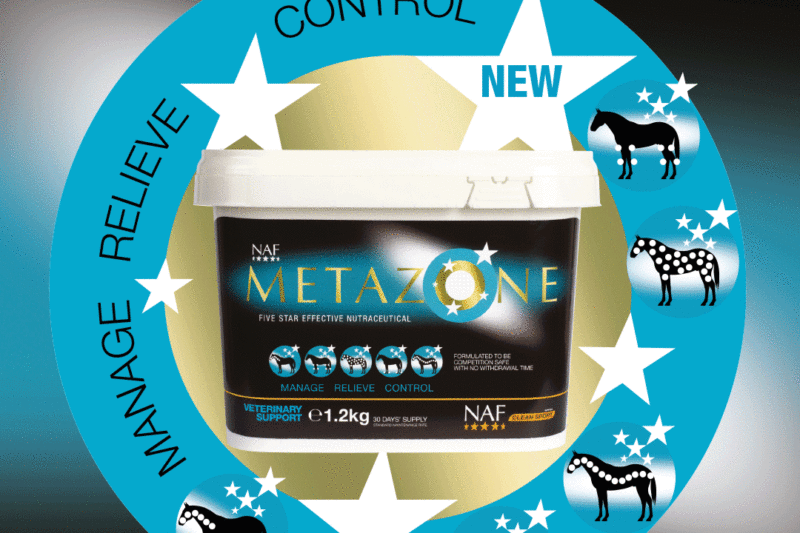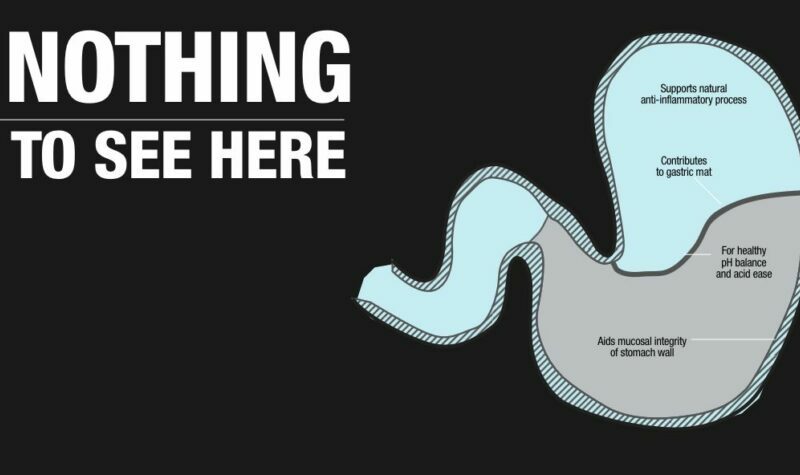Posted on 15 May 2023
by jess


Osteoarthritis is a very common condition of dogs. Estimates of prevalence in dog populations suggest that around 20% of dogs are affected (1 in 5) and if one considers older dogs, more than 8 years old, this figure rises to 80% (4 in 5). This makes it one of the more common reasons for dog owners visiting the vet.
Larger dogs are often more at risk, with breeds such as Labrador Retrievers, German Shepherds and Rottweilers being particularly susceptible. The disease can follow on from accidental damage, causing traumatic injury to the joint and its supporting tissues, but it frequently manifests as an age related problem, as it does in human beings. Hard work and associated wear and tear on the joint is associated with osteoarthritis, abnormalities or imperfections or imperfections of conformation can exaggerate the effects of age and wear and tear.
Conditions such as hip dysplasia and Osteochondritis Dissecans (OCD) found particularly in giant breeds e.g. St Bernard and Great Dane will predispose to early onset of disease in younger dogs.
It is increasingly clear that obesity is a very important risk factor in the onset and progression of the disease in dogs as well as in human beings. This is not only due to the extra strain placed on joints by carrying extra weight but there is evidence that obese individuals have higher levels of inflammatory agents in their systems that could contribute to joint damage.
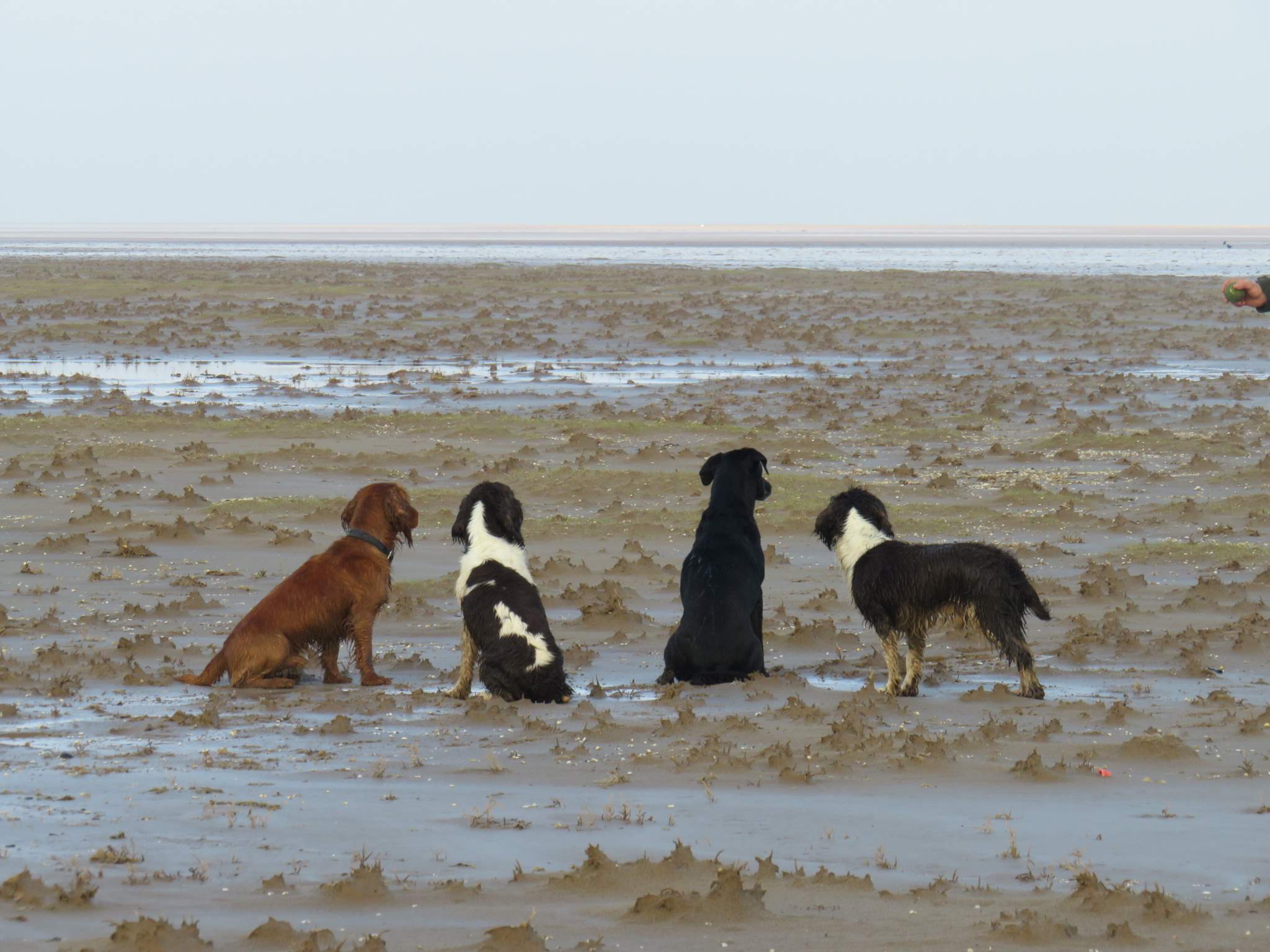
Osteoarthritis is a complicated mixture of dengenerative, inflammatory and repair processes. It affects synovial joints which are the majority of the joints in the body but the joints in the limbs, particularly hips, stifles and elbows are most commonly affected. The joints eventually become stiff and painful and this results in loss of mobility both of the limb in question and inevitably of the dog itself, as it becomes more and more reluctant to exercise.
The main parts of the joint affected by osteoarthritis are the articular cartilage and the synovial membrane and synovial fluid.
Synovial fluid is a lubricating and shock absorbing fluid which is contained within the synovial membrane and fills the joint cavity. It main function is to reduce friction between articular cartilages during movement; it needs to be viscous in order to do this.
Articular (joint) is a thin layer of specialised tissue covering the end of the bones. Its principal function is to provide a smooth, lubricated surface for low friction joint movement.
Osteoarthritis involves the breakdown of substances within synovial fluid which leads to a thinning of the usually thick and viscous fluid. As a consequence, cartilage which lines the joint surfaces is worn away.
Destruction of this cartilage can arise from repeated trauma and/or excessive use, which is why these changes are frequently identified as dogs get older. Pain, swelling, lameness and reduced mobility occur as a result and life-long treatment/management of the condition is required.
Management of osteoarthritis is a complex affair as it such a complex disease. In some cases where trauma is the inciting cause then surgery can be helpful and prescribing pain relief and anti-inflammatory drugs is necessary especially in th elater stages of the disease. These drugs are in no way curative and are very much a means of making the patient’s life more comfortable.
We should therefore focus on delaying the onset of the disease for as long as possible and slowing down its progress as much as possible. This is particularly important in those categories of dog where the risks are high. This includes the large breeds and working dogs (e.g sheepdogs, gundogs, agility competitors). This approach is known as a multi-modal management because it attacks the problem from a number of different angles. In addition to surgical and pharmaceutical appraoches already mentioned the multi-modal approach involves:
These agents are used to supplement the diet of dogs at risk and need to be given daily from an early age to slow the development of disease. Because of the insidious nature of the disease it has often progressed to a relatively advanced stage before the patients show signs of being affected. This makes subsequent management more difficult. Therefore daily joint mobility supplements are frequently recommended to patients at risk from and early age.
It is also important that the supplements used are of the highest quality and that they be administered at the correct dose. Poor quality products, improperly administered can only have sub-optimal benefit.
The best and most efficient means of providing these agents, to dogs knowns to be at risk of osteoarthritis, is by incorporation into the daily ration. In this way your dog will consume the required amount of high quality supplements every day with their food.

A veterinary specification super premium complete dog food will provide the level of DHA and EPA, glucosamine and chondroitin normally only found in veterinary grade nutritional supplements.
For dogs carrying excess weight, feeding a diet to support the weight loss is an essential part of their management. An ideal way of supplying a high level of joint support, including all of the beneficial ingredients above, is to use a low-calorie, veterinary specification super premium complete dog food.
For owners that prefer to feed a wet or BARF type diet, veterinary specification supplements, which provide DHA and EPA, glucosamine, chondroitin, and MSM are available and can be mixed into the dog’s normal feed.
Vetspec Joint Mobility Omega-3 + Gravy
Vetspec Joint Mobility Formula Dog Food
